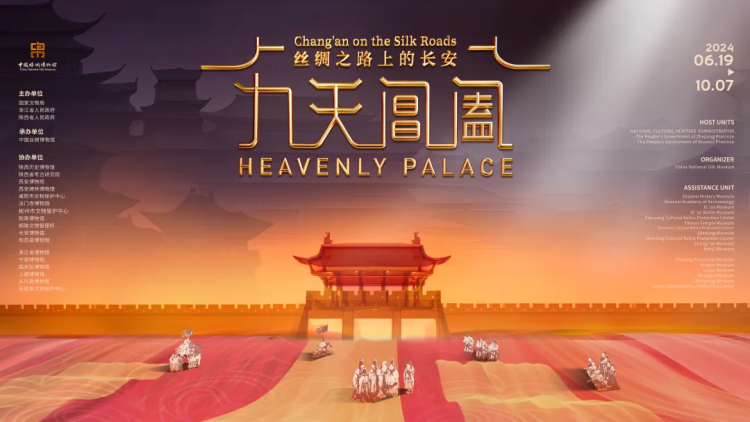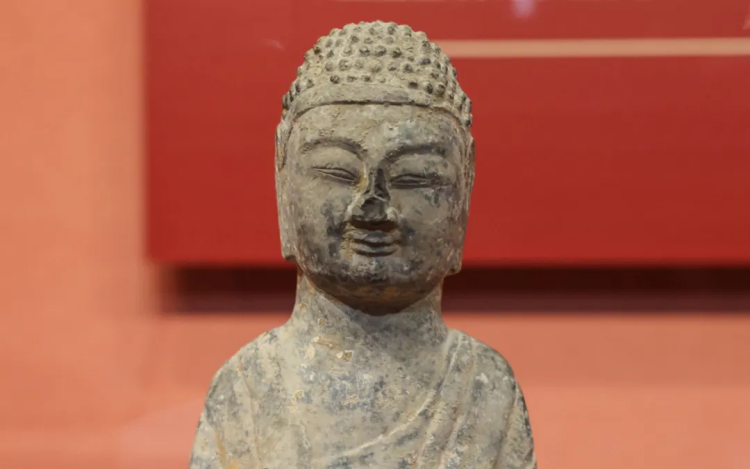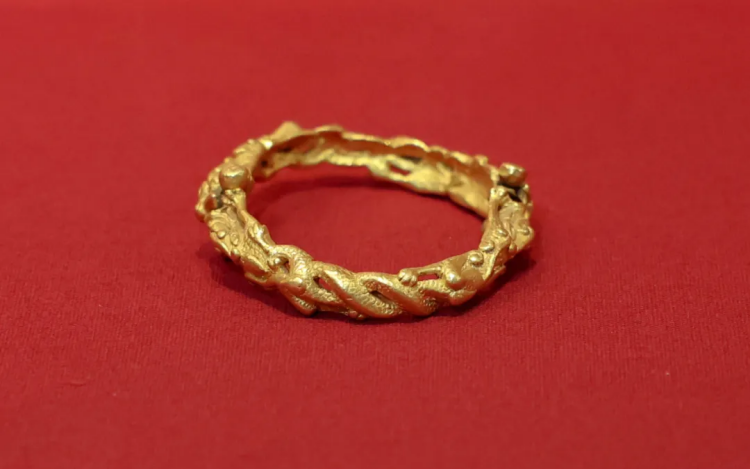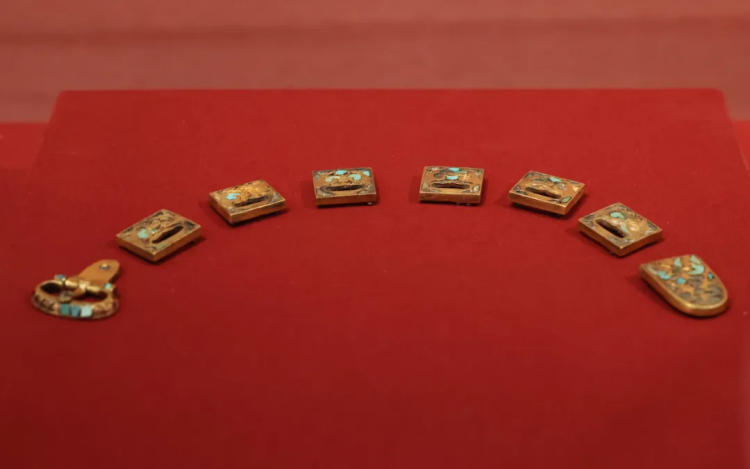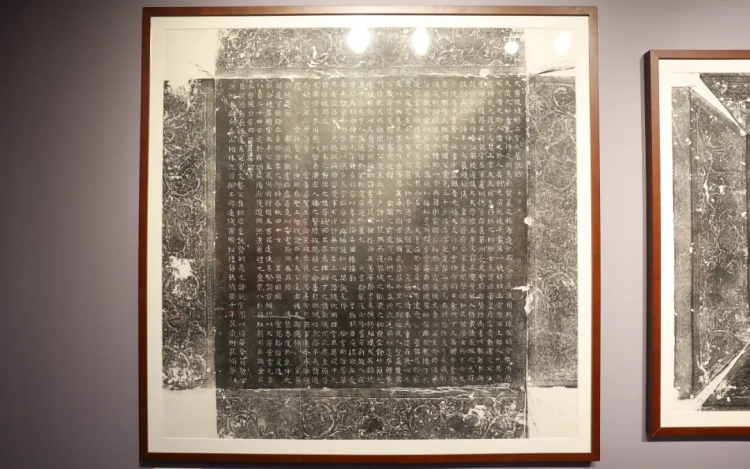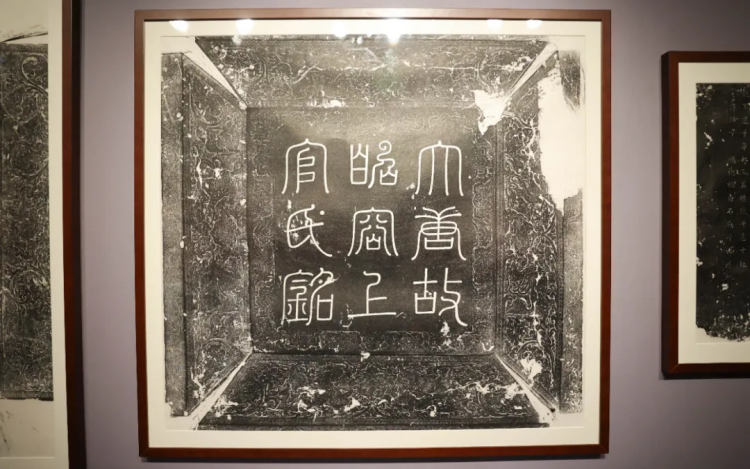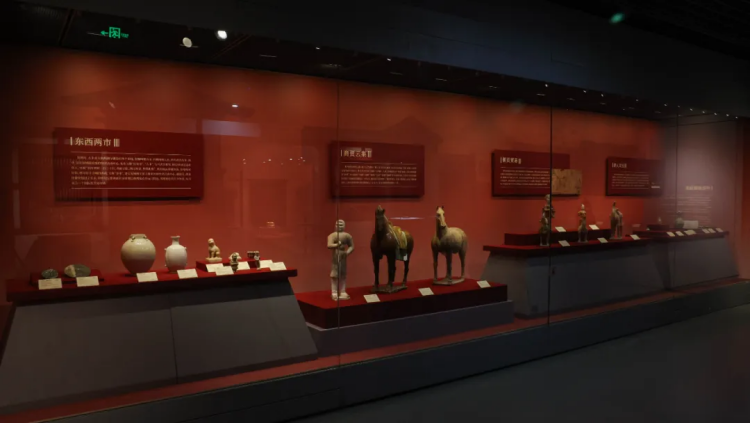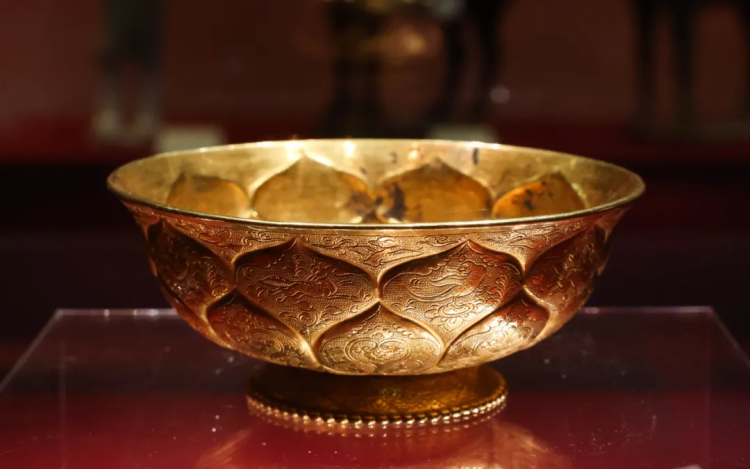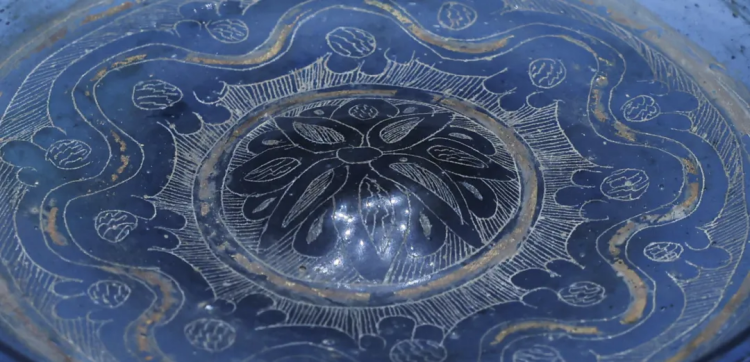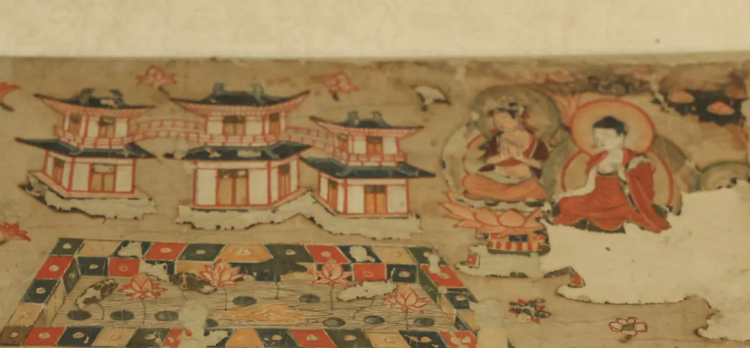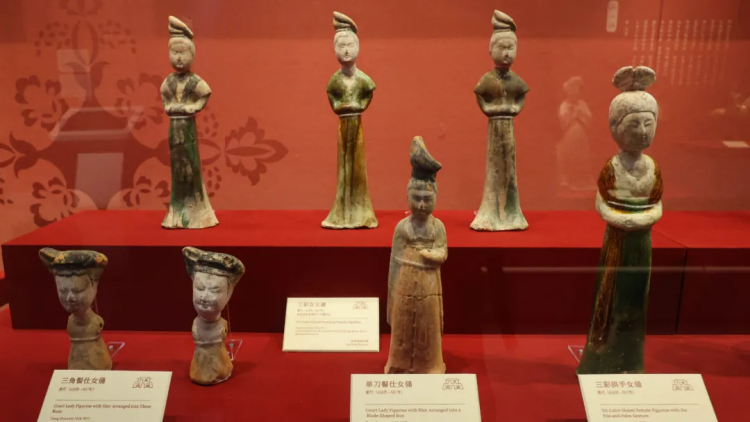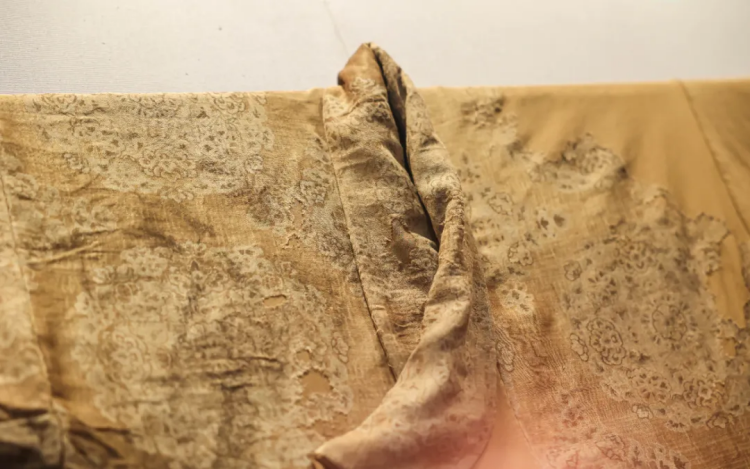The 2024 "Silk Road Week" grandly opened at the China National Silk Museum! The highlight of this event is the grand exhibition "The Silk Road's Chang'an," officially launched with over 210 artifacts on display, including more than 50 first-class relics. The exhibition is divided into five sections, showcasing a vibrant, diverse, open, and integrated Chang'an through aspects such as politics, economy, culture, lifestyle, and its long-standing connections with Zhejiang.
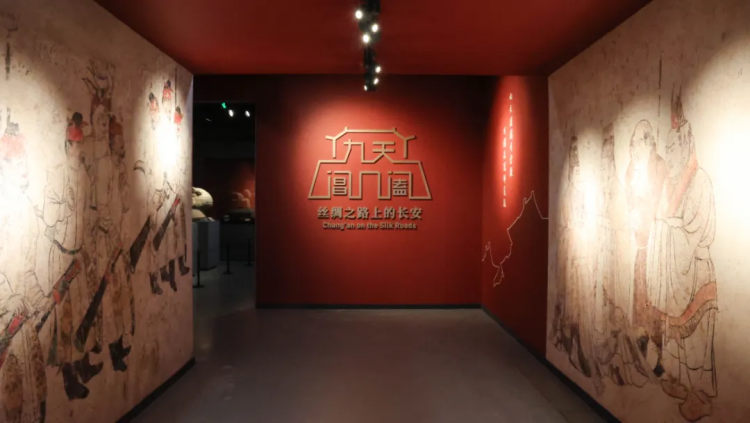
Chang'an, the ancient name for Xi'an, located in the central Guanzhong Plain, is one of the cradles of Chinese civilization. Historically, over ten dynasties, including the Western Han, Xin, Eastern Han, Western Jin, Former Zhao, Former Qin, Later Qin, Western Wei, Northern Zhou, Sui, and Tang, established their capitals here over a span of more than a thousand years. It is the city with the longest history, most dynasties, greatest influence, and richest heritage in Chinese history.
During the Han and Tang dynasties, Chang'an was the starting point of the ancient Silk Road, a crucial node connecting the Eurasian continent. With its thriving economy, splendid culture, and inclusive nature, it became an undeniable global metropolis and a center of cultural exchange between China and the world.

This year marks the 10th anniversary of "The Silk Roads: The Routes Network of Chang'an-Tianshan Corridor" being listed as a World Cultural Heritage site. Over centuries, the Silk Road culture represented by Chang'an has been praised for its openness, inclusivity, and mutual learning. Through archaeological discoveries and exquisite artifacts from Chang'an, this exhibition aims to recreate the charm of this world city and the glory of the Silk Road.
01 - The World Capital in Ancient Time
The name "Chang'an" as a capital city originated during the Western Han Dynasty, symbolizing the hope for "long-term stability and peace." The Han Chang'an City was built in 194 BC on the site of the Qin Dynasty's Xingle Palace. The Tang Chang'an City was the largest capital in China's history, with a population exceeding one million at its peak, making it the world's largest city at the time. Foreign envoys, merchants, students, monks, traveled great distances along the Silk Road to Chang'an for tribute, trade, study, pilgrimage, and even settled there for generations. Chang'an truly lived up to its title as the world capital.
02 - The Trade Capital
During the Tang Dynasty, factors such as a developed transportation network, a prosperous agricultural economy, and active governmental support for commercial activities led to an unprecedented level of commercial prosperity. As the national hub of industry and commerce, Chang'an City was divided into markets (commercial trade areas) and residential areas, with the markets primarily located in the East and West Markets. Merchants from various countries gathered, and inns and shops flourished, particularly the West Market, which was a world-class commercial center, earning the title of "Golden Market."
03 - Cultural Capital
Chang'an was a cultural capital. Emperor Taizong of Tang stated, "Since ancient times, Chinese culture has been esteemed while foreign cultures have been regarded as inferior, but I cherish them all equally." This inclusive national policy allowed various foreign cultures to blend with indigenous Chinese culture, leading to a cultural renaissance in Chang'an. The Tang people hoped that this policy of cultural equality would "bring enlightenment to all corners illuminated by the sun and moon."
04 - Fashion Capital
The prosperous economy and the coexistence of diverse cultures in Tang Dynasty Chang'an fostered a rich and innovative aesthetic in daily life. The city even had specialized designers, and the "New Tang Style," which fused elements from both East and West, became popular along the Silk Road. Both men's and women's clothing came in various styles, and people dressed with great personal freedom. The famous verse "Like clouds, her clothes, and like flowers, her face" perfectly captures the romantic and luxurious fashion of Chang'an during the peak of the Tang Dynasty. Chang'an led the trends in culture, art, and lifestyle, making it a global "fashion capital."
05 - Chang'an and Zhejiang
With the opening of the Grand Canal during the Sui Dynasty, Hangzhou became a crucial node in the canal system. From the Tang Dynasty onwards, seaports like Mingzhou (Ningbo), Wenzhou, and Taizhou began to flourish. The transportation network formed by the Grand Canal, the Qiantang River, the Zhejiang East Canal, and maritime routes made Zhejiang an important starting and ending point for both the land and maritime Silk Roads. The water and land routes between Zhejiang and Chang'an carried people and goods to and from overseas, becoming the most vital lifeline connecting the north and south of China since the Tang Dynasty.
